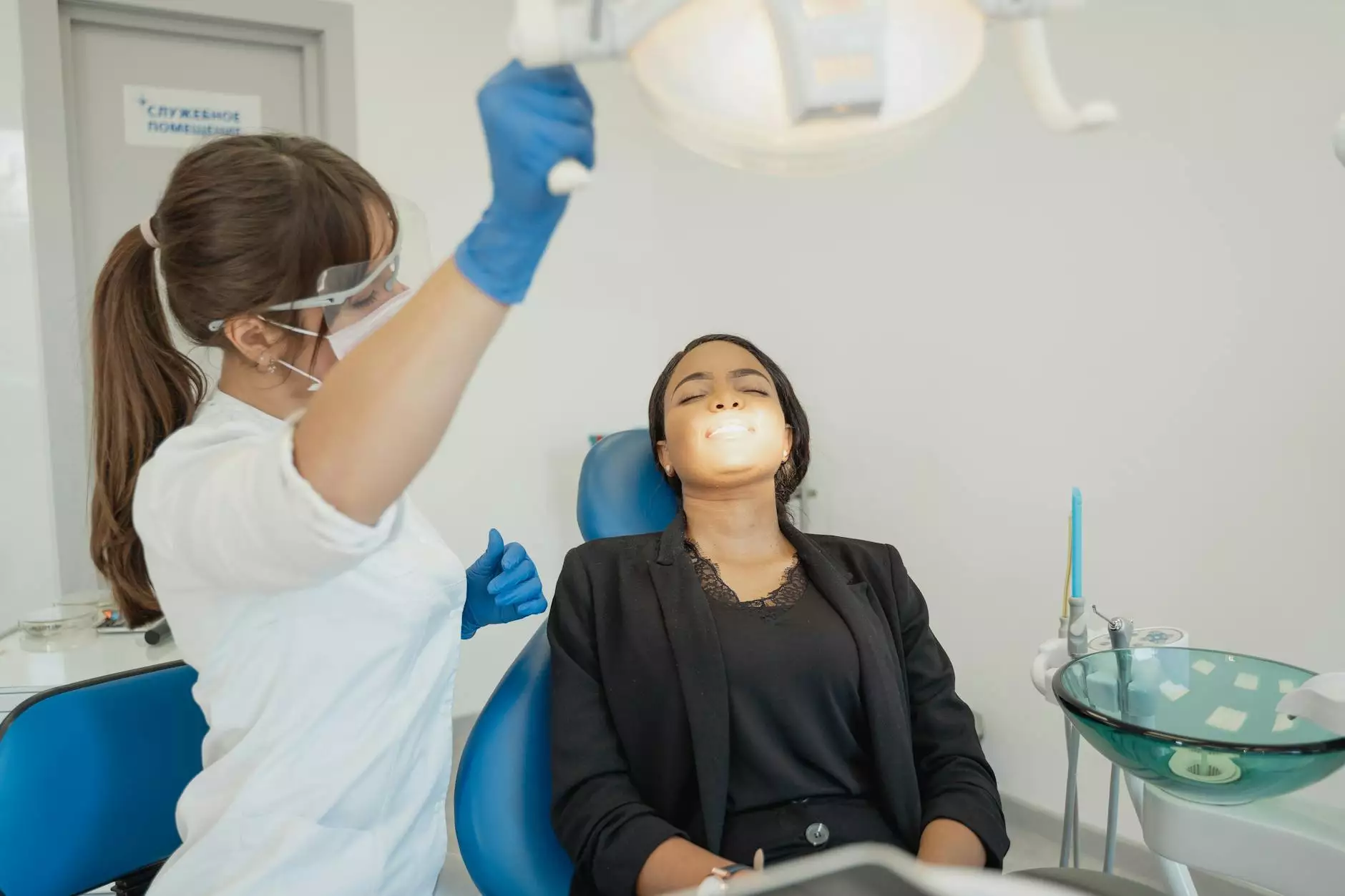Understanding the Differences Between Tendonosis vs Tendonitis

Tendon problems are common among both athletes and the general population. Among these, tendonosis and tendonitis are two of the most frequently encountered conditions. Despite their similar names, these disorders exhibit distinct differences, including their causes, symptoms, diagnosis, and treatment options. This article will comprehensively explore tendonosis vs tendonitis, providing necessary insights for effective management and prevention.
What is Tendonitis?
Tendonitis is an inflammatory condition that affects the tendons—the flexible strands of tissue that connect muscles to bones. This condition is primarily characterized by the inflammation and irritation of a tendon, often resulting from acute injury or repetitive motion. Tendonitis is typically seen in various parts of the body, such as the elbows (tennis elbow), shoulders (rotator cuff tendonitis), knees (patellar tendonitis), and wrists (De Quervain’s tenosynovitis).
Common Causes of Tendonitis
- Repetitive Motion: Engaging in activities that involve repetitive movements can lead to strain on the tendons.
- Aging: With age, tendons become less elastic, increasing the risk of injury.
- Poor Technique: Incorrect posture or technique during physical activities can contribute to tendon stress.
- Direct Injury: Sudden injuries can cause acute tendon inflammation.
Symptoms of Tendonitis
The symptoms of tendonitis can vary based on the affected tendon but generally include:
- Pain and Tenderness: A localized pain around the affected tendon, especially during movement.
- Swelling: The area surrounding the tendon may appear swollen or warm to the touch.
- Stiffness: Reduced range of motion in the joint associated with the tendon.
What is Tendonosis?
Tendonosis, on the other hand, is often confused with tendonitis; however, it pertains to degenerative changes in the tendon due to chronic overuse rather than inflammation. It represents a long-term, more serious condition where tendon fibers degenerate, which may occur without significant inflammation.
Common Causes of Tendonosis
- Chronic Overuse: Prolonged repetitive stress on tendons, often seen in athletes and manual laborers.
- Age: Tendon fibers become less capable of repairing themselves as individuals grow older.
- Underlying Conditions: Certain health issues like diabetes or rheumatoid arthritis can predispose individuals to tendonosis.
Symptoms of Tendonosis
The symptoms of tendonosis tend to develop gradually and can include:
- Chronic Pain: A persistent ache in the affected area that worsens with activity.
- Stiffness: This may be more pronounced in the morning or after periods of inactivity.
- Swelling: The degenerative tendon can sometimes appear swollen but with less pus or fluid compared to tendonitis.
Tendonosis vs Tendonitis: Key Differences
Understanding the differences between tendonosis and tendonitis is crucial for effective treatment:
1. Inflammation vs Degeneration
Tendonitis involves inflammatory processes, while tendonosis is characterized by degenerative changes. This distinction affects treatment approaches significantly.
2. Duration of Symptoms
The symptoms of tendonitis may emerge suddenly and can resolve with proper treatment. Conversely, tendonosis symptoms develop over time and may require more extensive rehabilitation.
3. Age and Risk Factors
While both conditions can affect individuals of all ages, tendonitis is more prevalent in younger individuals engaged in sports, whereas tendonosis is typically seen in older adults due to chronic wear and tear on tendons.
Diagnosis of Tendonosis and Tendonitis
Healthcare professionals utilize various diagnostic methods to differentiate between tendonitis and tendonosis:
1. Medical History and Physical Examination
The initial assessment often involves discussing symptoms and medical history. A healthcare provider will perform a physical examination to assess pain, swelling, and range of motion in the affected area.
2. Imaging Tests
To confirm the diagnosis, imaging tests such as:
- X-rays: Help rule out other issues such as fractures.
- Ultrasound: Can visualize tendon structure and assess for tears or degeneration.
- Magnetic Resonance Imaging (MRI): Provides detailed images of soft tissues, making it ideal for detecting tendonosis.
Treatment Options for Tendonitis
For managing tendonitis, the following treatment options are commonly recommended:
1. Rest and Activity Modification
Reducing the activity that caused the inflammation is essential for recovery. Rest allows the tendon time to heal.
2. Ice Therapy
Applying ice packs helps reduce pain and swelling. Ice should be applied for 15-20 minutes several times a day, especially after activity.
3. Medications
Non-steroidal anti-inflammatory drugs (NSAIDs) such as ibuprofen or naproxen can help alleviate pain and reduce inflammation.
4. Physical Therapy
A physical therapist can develop a personalized exercise program focusing on strength and flexibility, which aids in recovery and reduces the likelihood of future injuries.
5. Corticosteroid Injections
In cases of severe inflammation, a healthcare provider may recommend corticosteroid injections to reduce inflammation and pain.
Treatment Options for Tendonosis
Unlike tendonitis, the treatment for tendonosis focuses more on rehabilitation and repair:
1. Rest and Modification
Similar to tendonitis, giving the tendon time to heal by modifying activities is crucial.
2. Physical Therapy
Specific exercises to strengthen the tendon are essential for recovery from tendonosis. A therapist may use eccentric exercises that involve lengthening the muscle-tendon unit while under tension.
3. Advanced Therapies
Other treatment options include:
- Platelet-Rich Plasma (PRP) Therapy: This involves injecting platelets from the patient’s own blood into the tendon to promote healing.
- Shockwave Therapy: This non-invasive treatment uses acoustic waves to stimulate healing in the tendon.
4. Surgery
If conservative treatments fail, surgical options may be considered to remove degenerated tissue and promote healing.
Prevention Strategies
Preventing tendonitis and tendonosis is achievable with proper strategies:
1. Proper Warm-Up
Engaging in a proper warm-up before activities helps prepare the tendons for exertion.
2. Strengthening and Flexibility Exercises
Incorporating exercises that strengthen and enhance the flexibility of muscles around the tendons can reduce injury risk.
3. Ergonomics
Be mindful of your posture and ergonomic setup during activities, especially in a work environment and sports.
4. Gradual Increase in Activity
Increasing activity levels gradually allows tendons to adapt without excessive strain.
Conclusion
Understanding the distinctions between tendonosis vs tendonitis is essential for recognition and treatment. The treatment and management differences underline the importance of a proper diagnosis. By implementing effective prevention strategies, individuals can minimize their risk of developing either condition.
If you are experiencing symptoms relating to tendons, consult with a healthcare provider for appropriate evaluation and treatment options. At IAOM-US, we specialize in comprehensive education and treatment solutions that cater to health professionals and the public, ensuring optimal care for tendon-related injuries.
For further information and resources, visit iaom-us.com.







